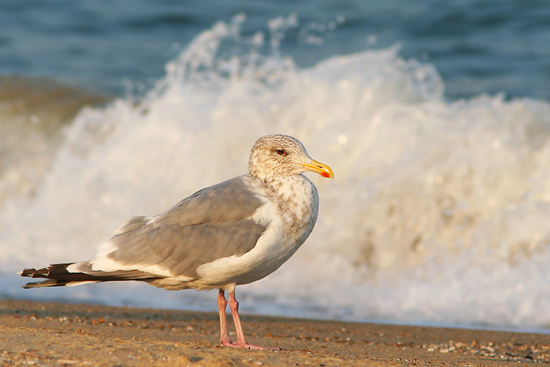 Some more photos to finish up the set from last two weeks. Not only those yellowish legs that are problematic, even among the pure pink-legged birds, there are some bizarre variants. Some birds are just fit into the 'taimyrensis' type in terms of their shape and size, but they just clearly have pink legs. Some were very small or having totally different shape from the typical Vega, or different primary-pattern. So here are some variants which puzzled me a lot.
Some more photos to finish up the set from last two weeks. Not only those yellowish legs that are problematic, even among the pure pink-legged birds, there are some bizarre variants. Some birds are just fit into the 'taimyrensis' type in terms of their shape and size, but they just clearly have pink legs. Some were very small or having totally different shape from the typical Vega, or different primary-pattern. So here are some variants which puzzled me a lot.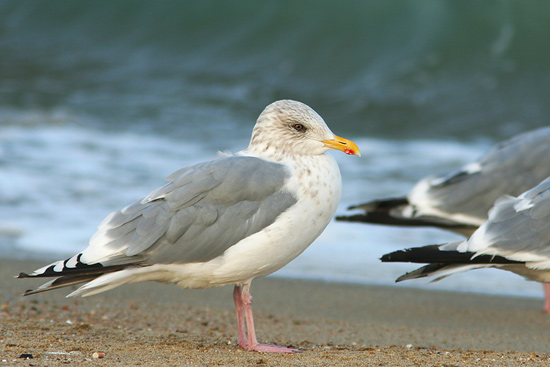
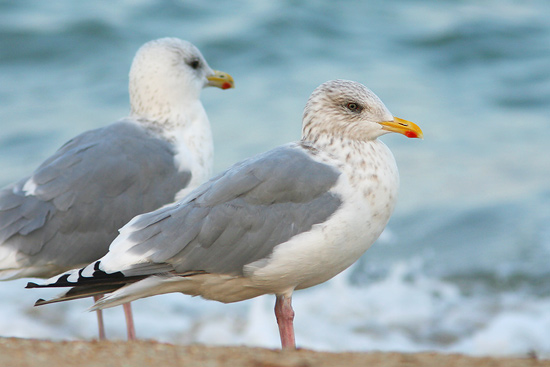
This bird looks smaller than usual in the first glance, with a rounded head and body, but it even looks stranger in the second glance. What's with that primary pattern!? It's P10 is almost absolutely like one of those Thayer's Gull (L. thayeri). However, the underside of the primaries doesn't look so white unlike typical thayeri, and also the brownish marking on its head doesn't seem to be so softly mottled.
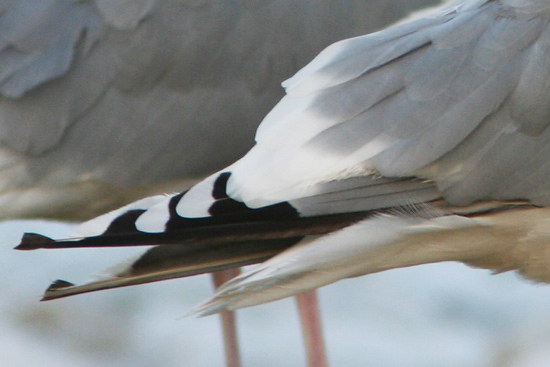
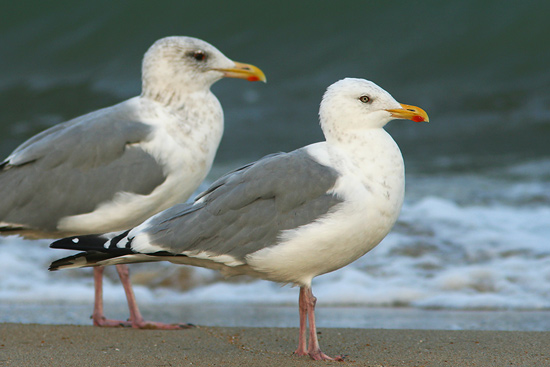
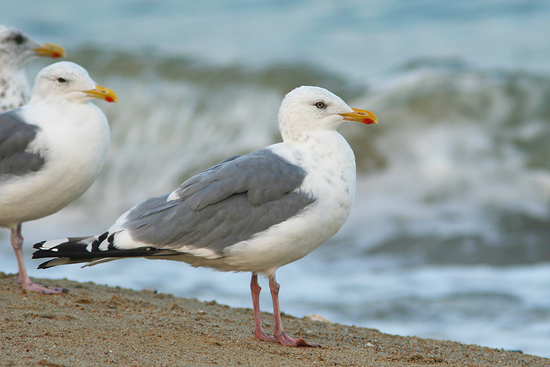
This is another very interesting one. The head is very small and rounded, with a very weak bill. It is averagely smaller than normal Vega and still has relatively clean white head. The primary molt, again, fits into the L.vegae period, but the interesting thing is the next day I found another bird which looks almost identical to this one, but it has clear yellow legs. Are these birds which are smaller and have small rounded head females? But I don't see these kinds of extremely differences in shape like this so often.
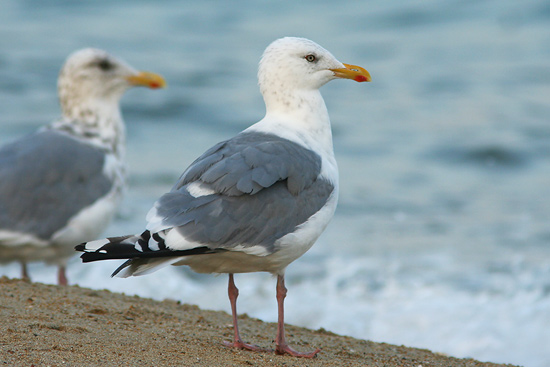
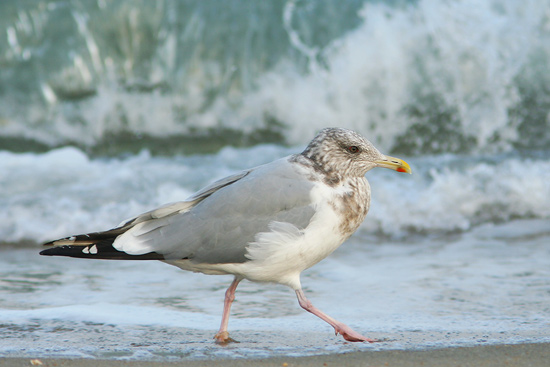

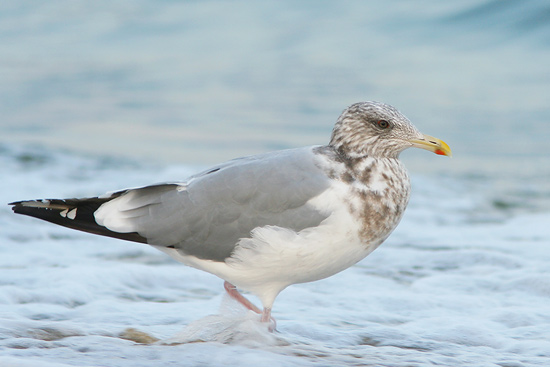
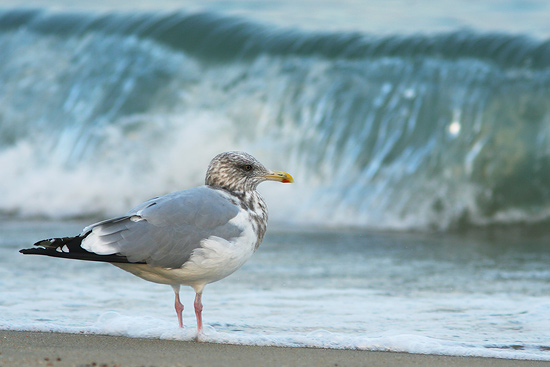
When I first saw this one, I thought it's gonna be the first typical winter plumage Vega Gull of the season. But when comparing to the others, the grey part on its back is actually visibly paler. This bird is quite fit to the first verse that Nial Moores of the Birds Korea website describes a 'birulai' or Birula Gull as "...rather icier-looking tone to the grey of the upperparts, and structurally look closer to the birds considered to be Taimyr Gull, in that they appear rather neat and compact; show rounded-looking heads and flattish-backs; a slightly longer primary projection; and a cleaner pink tone to the legs." But for the next sentence, "In addition, they tend to have rather finer head streaking, without the smudgy look of most Vegas.", this bird just suddenly falls off. However, there are several more sources which describe 'birulai' as something totally different from this, like having darker mantle, etc., so I'm still puzzling about how the real 'birulai' looks like.

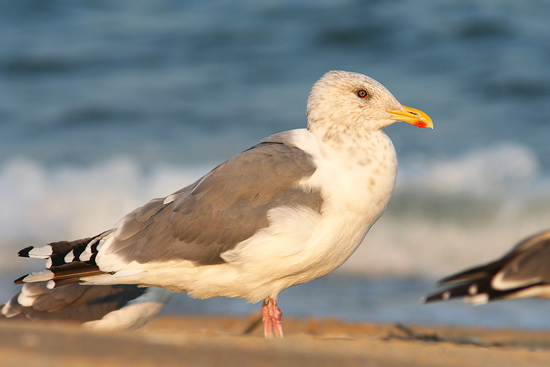


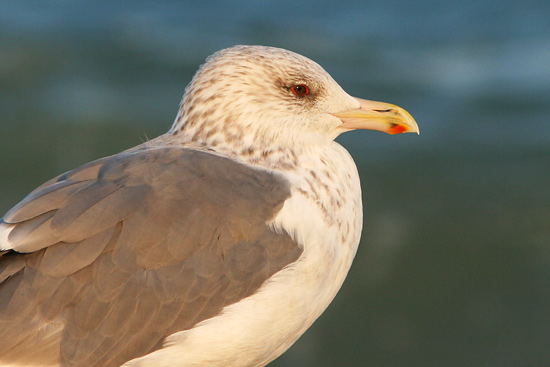
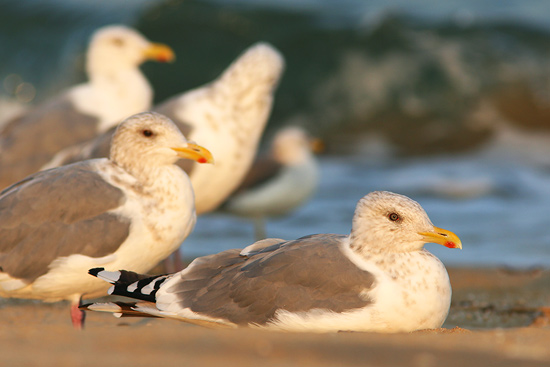
Some other very typical Vegas









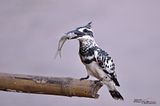


.jpg)

1 comment:
I've almost given up on Vega Gulls (and other similar species living nearby). I might start calling them Herring Gulls again.
Post a Comment